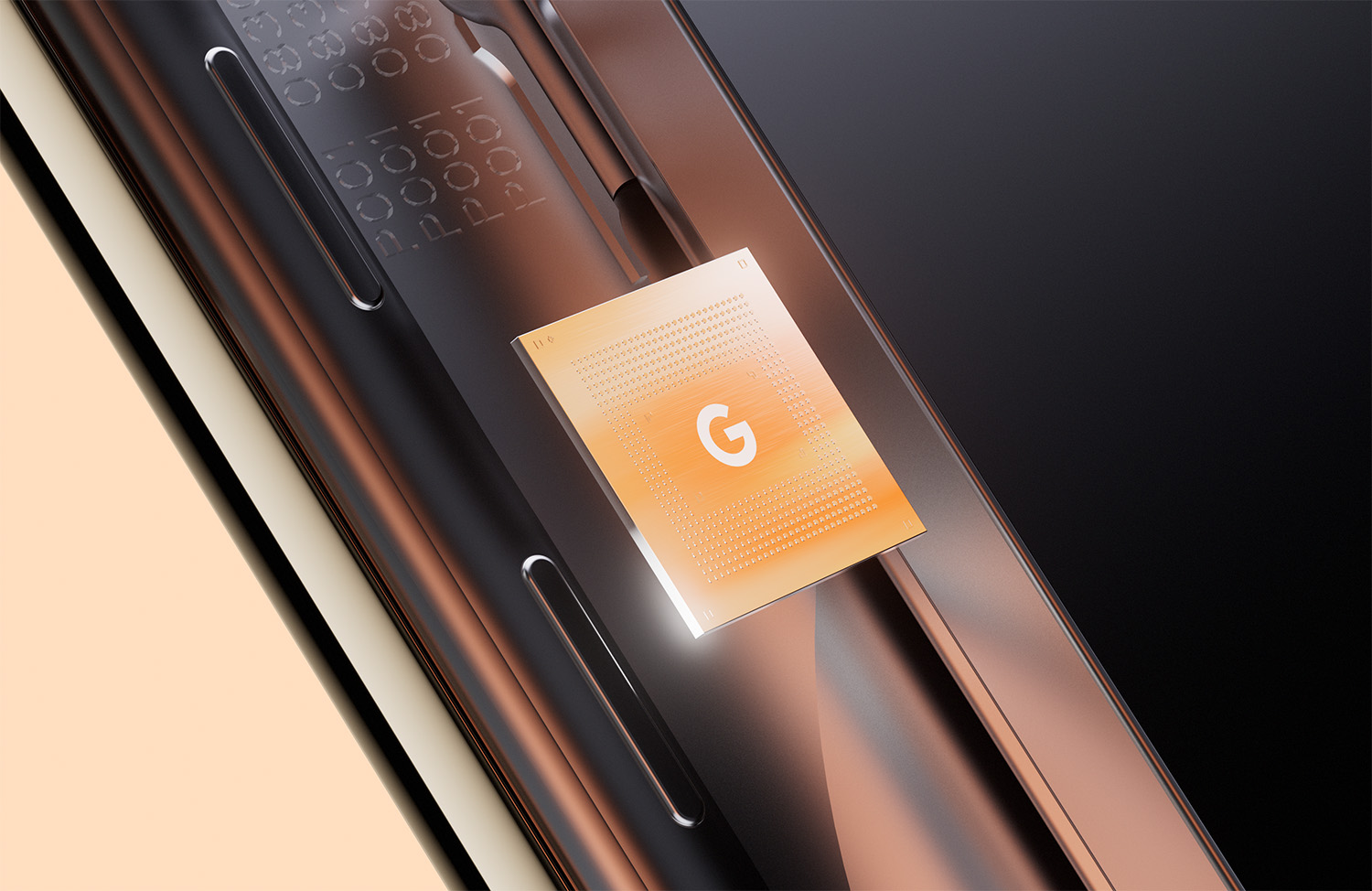As people are spending increasing time with the Pixel 8 and Pixel 8 Pro, owners are learning more about how they operate. Given how popular the devices’ generative AI features are with owners, like Magic Editor and AI Wallpapers, it seems that it was only a matter of time until we realized just how much the new Tensor G3 plays a part in making them work.
Leading up to this, Google makes it very clear that the Tensor G3 is a very important piece of silicon. Taken from the blog post that detailed Tensor G3, Google’s VP of Product Management Monika Gupta said, “Our third-generation Google Tensor G3 chip continues to push the boundaries of on-device machine learning, bringing the latest in Google AI research directly to our newest phones: Pixel 8 and Pixel 8 Pro.”
Google markets both the Pixel 8 and Pixel 8 Pro as AI-driven products. In Google’s introduction post, they even say, “These phones are packed with first-of-their-kind features, all powered by Google Tensor G3.”
But how much does Tensor G3 play a part in these generative AI features? Well, if you base a feature on whether it needs a constant internet connection to work properly, then we have to assume that it’s very little. As we’re finding out, essentially all of the Pixel 8 lineup’s generative AI features require a data connection. The presumption is that the devices capture the necessary data, send it to Google’s data centers, and then ship it back to your phone in mere seconds. When attempting to use any of the features without a data connection, like AI Wallpapers or Google Photos’ Magic Editor, you get met with an error message stating you need to check your internet connection.
Does this surprise anybody? I don’t think that it should, but what is concerning is that Google isn’t more transparent about how these features work. If what’s now being believed is accurate, and the phones are simply a middleman between the user and the cloud where the tasks are actually being performed, then I believe customers have a right to know this. It certainly makes the idea of these AI features being device exclusive a bit funny.
The only feature that Google openly states is powered by its data centers is the upcoming Video Boost feature. There’s no mention of anything else getting transmitted off of the device in order to work.
While I could argue that Google could do a better job on explaining the process of how these features are truly operating, personally I’m not all that concerned. As long as they work properly, what do I care if it’s happening on-device or not? We also don’t want to assume that Google is intentionally trying to fool anybody. Heck, there could be a perfectly reasonable explanation for why an internet connection is required. We just don’t know and I’m not enough of a computer hacker to figure it out. So now we await more reporting and/or a response from Google.
Do you care if your AI-powered features are cloud-powered or Tensor-powered? Let us know.

Collapse Show Comments29 Comments